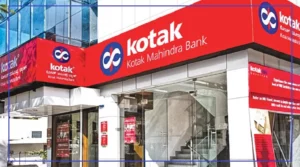The alarming surge in online fraud cases involving senior citizens has prompted a call for revolutionizing banking practices to ensure their safety and accessibility.
According to the Reserve Bank of India’s FY23 annual report, the number of fraud cases targeting seniors rose from 9,097 in 2021-22 to a staggering 13,530 in 2022-23.
Demographic Shifts and Banking Challenges
A joint report by the United Nations Population Fund (UNFPA) and the International Institute for Population Sciences (IIPS) highlights the demographic shift, with the senior population in India projected to reach 347 million by 2050.
Despite this significant demographic, banks face challenges in providing digital financial services to senior citizens, who are often overlooked in favor of the more tech-savvy youth.
The Dilemma of Digital Age for Seniors
While doorstep banking eased access for seniors in the past, the digital age presents new challenges.
Web channels, mobile apps, and digital wallets, though advancing, remain inaccessible to a significant portion of the senior population.
Unraveling E-Banking Challenges for Seniors
Senior citizens, with unique financial demands, continue to face challenges trusting digital banking.
Physical disabilities and poor eyesight further complicate their ability to adapt to new technologies, making them vulnerable to online scams.
Empowering Senior Citizens in the Digital Realm
To address the challenges faced by senior citizens in digital banking, a crucial need arises for guidance and simplified processes.
Enhanced digital experiences, with features like digital KYC, facial biometrics, and remote account opening, can empower seniors to navigate e-banking services confidently.
Redefining Payment Card Identification
Innovative measures such as identification bumps on payment cards, biometric cards with fingerprint readers, and larger Braille for online transactions can redefine payment card accessibility for senior citizens, ensuring a secure and user-friendly experience.
Facilitating Physical Card Delivery
Banks can enhance their service by providing simple guidance during the physical delivery of credit or debit cards.
Larger QR codes, uppercase letters, and audio instructions during scanning contribute to a more straightforward activation process, ensuring that senior citizens can embrace banking services without mistrust or fear.
























